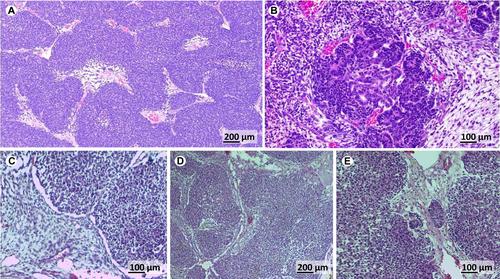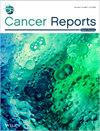Analysis of Wilms Tumour Epidemiology, Clinicopathological Features and Treatment Outcomes in 84 Moroccan Patients
Abstract
Background
Wilms tumour (WT), the second most reported childhood cancer in Morocco, is a malignant kidney tumour that affects children under 15 years old. Prognosis has improved with the adoption of multimodal treatment. However, data on WT in Morocco remain limited.
Aims
This study aims to comprehensively describe and analyse the epidemiological, clinicopathological features and treatment outcomes of WT in Moroccan patients, including treatment response and recurrence rates.
Methods and Results
A retrospective study involved 84 children under 15 years with WT, treated according to the SIOP protocol and followed at the Paediatric Haematology and Oncology Centre at Children's hospital of Rabat, between January 2014 and February 2018. The median age of participants was 36 months, with a male/female sex ratio of 0.79. Abdominal mass was the primary concern in 55 cases (66%). Five patients (6%) had bilateral WT. Metastatic WT occurred in 21 cases (25%). Stage III was predominant in 33 cases (43%). Twenty cases (26%) had high-risk WT, and IVC tumour thrombus was observed in 12 cases (14%). WT histotype correlated significantly with both sex and tumour localisation (p values of 0.040 and 0.013, respectively). Age correlated significantly with WT extension, overall stage and SIOP histology risk grades (p values of 0.003, 0.003 and 0.045, respectively). Overall stage was statistically related to the occurrence of IVC tumour thrombus (p = 0.002). Over a 5-year span post-nephrectomy, complete remission was achieved in 63 patients (75%), partial remission in one patient (1%), while 19 patients (23%) died and one patient (1%) relapsed.
Conclusion
These findings are encouraging for a developing country. However, the elevated rates of Stages III and IVC thrombus in this series are still high, primarily attributed to delays in diagnosis and treatment and the limited number of paediatric haematology and oncology units at the time of the study. Nevertheless, further multicentric research is warranted to enrich Moroccan data and establish a national register for WT cases.


 求助内容:
求助内容: 应助结果提醒方式:
应助结果提醒方式:


